Stonehenge History – An Overview
Who built Stonehenge?
Unfortunately, no one can say with 100% certainty who built the famous Stonehenge world heritage site found in the heart of the Salisbury plain in Southern England. However, researchers have worked hard to build up a series of facts about Stonehenge through research and data to share with us about how people lived at that time and what life would have been like. What is interesting is that academics have varying opinions on how the Stone circle came to be. Some think it was erected by a single group of people, while others feel it was a mixture of groups over hundreds of (or even) thousands of years.
There are many theories as to who built Stonehenge, one of the most common is that Merlin created it. He was a wizard of Arthurian legend, with his magical powers transported them across from Ireland.
But in short, there is no definitive answer about who built the prehistoric Stone circle that is known as Stonehenge. But, there is a lot of information about the Stones that we do know and from there it is up to us to make up our mind on who we think really built Stonehenge. The information below should help you with that and help you understand how it came to be defined as a World Heritage site and this is brought to life at the world-famous visitor centre.
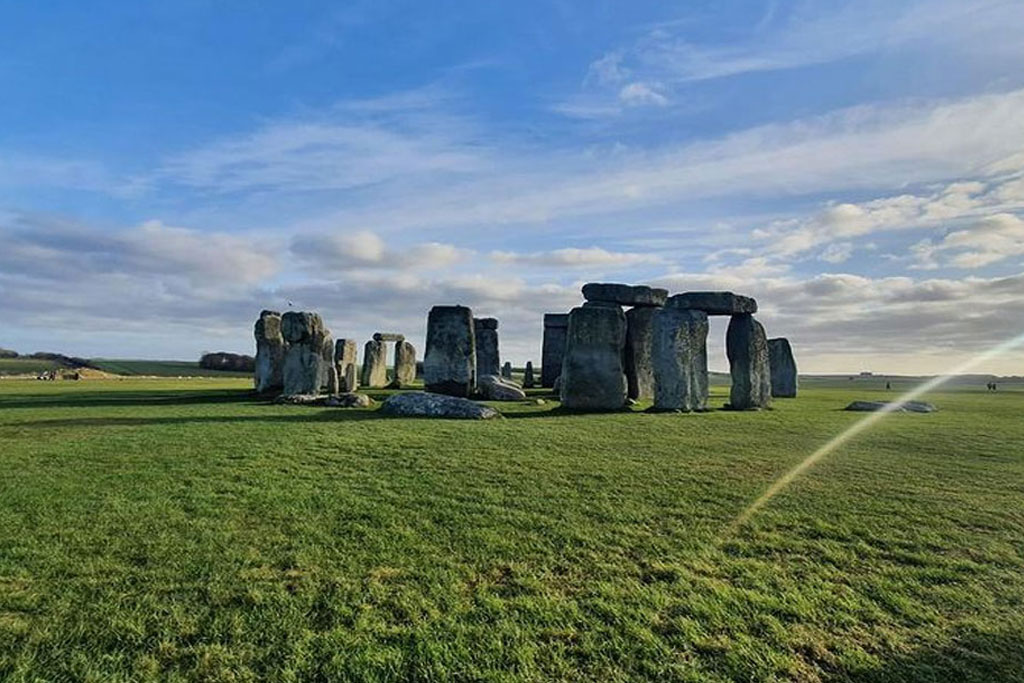
When was Stonehenge built?
It is incredible to think that the stone circle at Stonehenge was first built over 5000 years ago in Neolithic Briton with tools as simple as bone and stone and by people who at the heart of it were no more than farmers on the Salisbury Plain. In order to construct the Stones (also known as Sarsens), these Neolithic Britons would have used primitive tools to dig huge ditches or henge in order to place the Stones the way they rest today.
Three Distinct Stages Of Build For Stonehenge
It is generally agreed by archaeologists that Stonehenge was a multi-stage process over thousands of years. Below is a proposed approach for how we think it might have been designed over thousands of years.
The First Stage by the Windmill People
So, it is believed that Stonehenge was first built by the “Windmill People”, these people are semi-nomadic and from the Eastern part of England who decided to move to the West of England and create one of the world’s first rural-based economies. It is believed that these people thought of circles and symmetry to be highly important and sacred, which is why they were the first to dig burial mounts and circular furrows in the area over 5000 years ago.
When people think about Stonehenge, they often think about the rocks alone. However, the rocks are a part of the story. The rocks sit within mounds and ditches that are as important as the Stones that we marvel at today and so while much time would have been taken to move the rocks, just as much thought and effort would have gone into the placement of them and the mounds or ditches they sit within.
The Second Stage by the Beakers People
The second phase of Stonehenge’s development is believed to have been created by the “Beaker” people. They have been named the beakers because they used to bury their people with items of pottery and most notably drinking beakers. This group of people added more of their own burial mounds, which were visibly different to the Windmill people’s design. It is believed that the beakers arrived approx. 4,400 years ago so a good 600 years after the first stage of Stonehenge was originally incepted.
The Third And Final Stage by the Wessex People
Finally, we have the Wessex people who are believed to have created the final phase of Stonehenge creation approx. 3,500 years ago (2500 BC). The Wessex people were highly skilled tradespeople, who also created the road network which helped with their trading. Along with their trading skills, they extended their metalwork knowledge and developed enhanced metal tools enabling them to carve into the faces of the Stones items such as daggers and axes. It is believed the Wessex people moved the Stones to the final positions they rest in today.
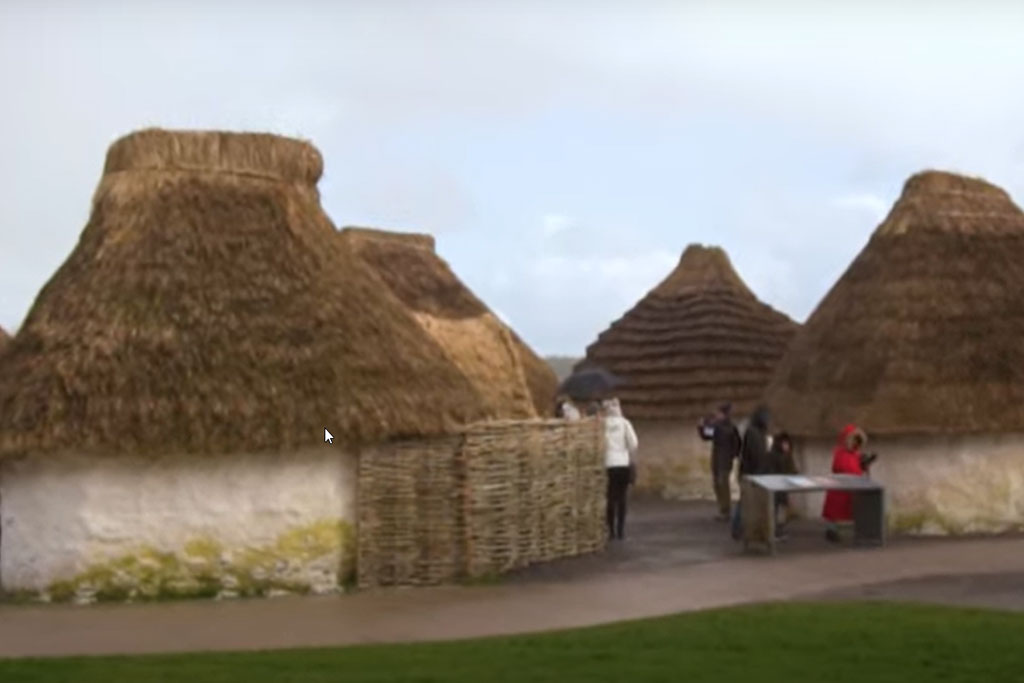
How were the Stones moved to Stonehenge?
The most recent belief is that the smaller stones, commonly known as the “bluestones”, carried across the land to the current resting site rather than the original theory of coming across the water.
Stonehenge is a highly unusual Neolithic structure, as most others have been formed from Stones no more than 10 miles away from their source. Stonehenge is different because the Stones come from over 180 miles away and given how long ago they were transported (over 500 years ago) it makes Stonehenge even more special because of the effort that would have gone into moving these huge and heavy stones.
Researchers now believe the bluestones were chiselled away from rockfaces in Carn Goedog, Wales located on the northern side of the Preseli hills. These rocks would then have been placed onto wooden sledges and then taken to their resting place today – how long this would have taken is not known.
If you want to see more about how Stonehenge came to be, then you really should consider visiting the Stonehenge Visitor Centre. The centre brings it to life with great artefacts and engaging audio-visual content better than any words on a page.
Find out more about the history by taking a tour of Stonehenge
Reading about the history of Stonehenge here and looking at the pictures is excellent. However, to get the whole feeling of the past, you must visit Stonehenge and combine your knowledge with this ancient sight. Through seeing the Stones, you will get a natural feel for the effort that must have gone into moving the Stones. Not every day will you see something in real life with no glass around it that is over 4500 years old, and you will be standing within just a few feet of it!
If you have your own transport, you can stay near Stonehenge and purchase tickets to Stonehenge at a discount on the day.
Alterntively, you can find organised tours from London to Stonehenge that will pick you up from central London and take you directly to Stonehenge and some within the inner circle access as well as visiting other key attractions in the UK.
Stonehenge tours you might be interested in…
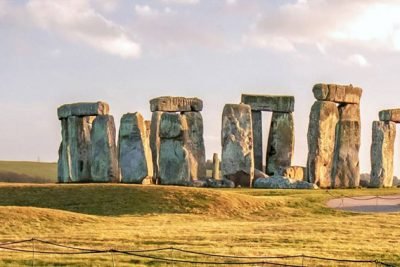
Adults: £58 Child: £55
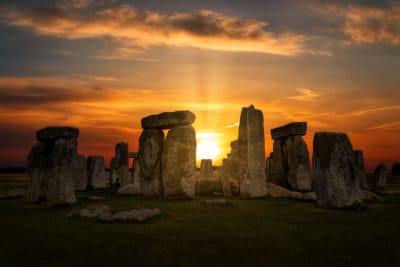
Adults: £94 Child: £85
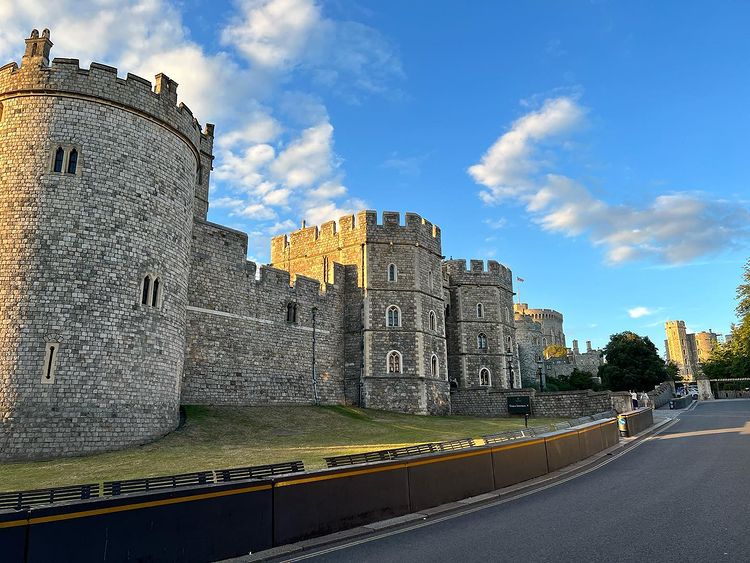
Adults: £85 Child: £79
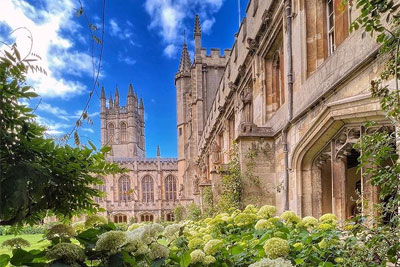
Adults: £107 Child: £97
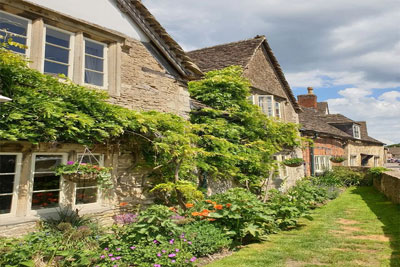
Adults: £135 Child: £126
An inner circle tour of Stonehenge and the UK…
Stonehenge Inner Circle Tour, Bath and Lacock Day Trip with Dinner
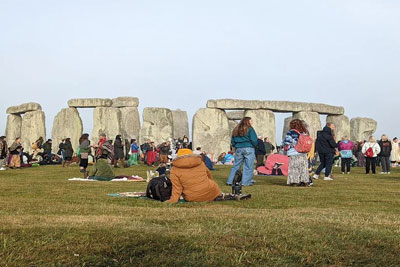
Adults: £102 Child: £99
